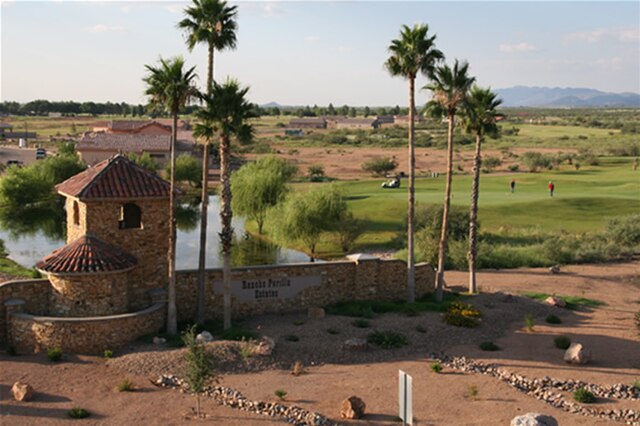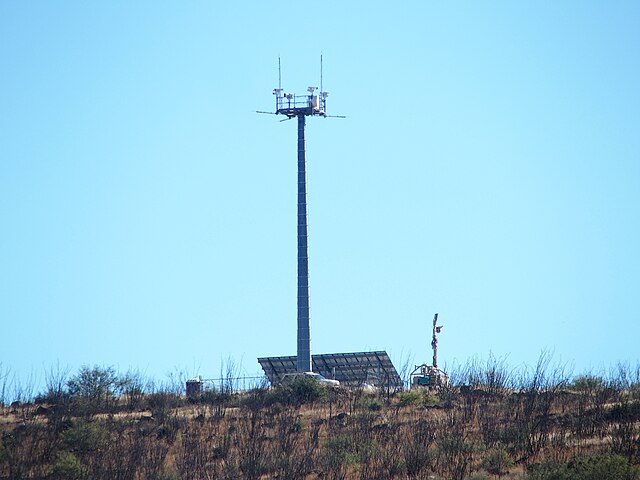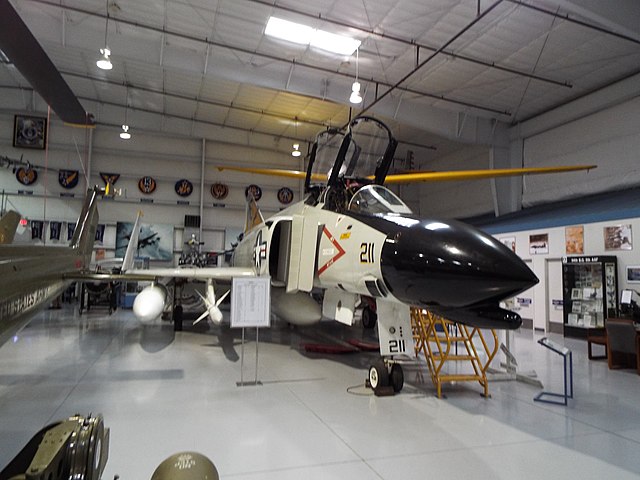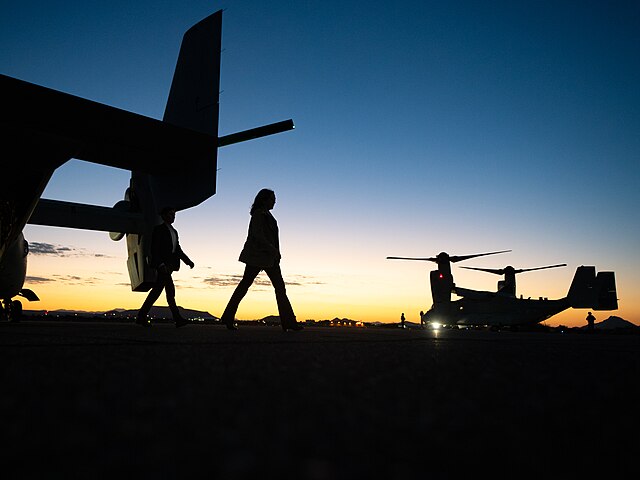Have you ever wondered what it’s like to stand at the edge of America, where two cultures blend seamlessly into one fascinating destination? Welcome to Douglas, Arizona – a hidden treasure that most travelers overlook on their southwestern adventures. This charming border town offers an authentic taste of the American Southwest while serving as your gateway to Mexican culture and hospitality.
Nestled in the southeastern corner of Arizona, Douglas isn’t your typical tourist destination. It’s a place where history whispers from every street corner, where the desert landscape stretches endlessly toward distant mountains, and where the warmth of two cultures creates an atmosphere you won’t find anywhere else in America.
What Makes Douglas Arizona Special?
Douglas stands as a testament to the rich tapestry of American border life. This isn’t just another small town – it’s a living museum where the Old West meets modern Mexico, creating an experience that’s both educational and deeply moving.
Rich Historical Heritage
The story of Douglas begins in the early 1900s when copper mining baron James Douglas established the town as a smelting center. Can you imagine the bustling activity when this sleepy desert location suddenly became one of the most important industrial centers in the Southwest? The town’s founding coincided with the copper boom, making it a crucial player in America’s industrial expansion.
Walking through Douglas today, you’ll discover remnants of this prosperous past everywhere. The architecture tells stories of wealth and ambition, while the museums preserve tales of hardworking families who built their lives in this desert oasis. The town’s connection to the Mexican Revolution adds another layer of intrigue – this was where Pancho Villa’s raids made international headlines.
Strategic Border Location
What truly sets Douglas apart is its position directly on the U.S.-Mexico border, sharing a fence line with Agua Prieta, Sonora. This proximity isn’t just geographical – it’s cultural, economic, and deeply personal for the families who call both sides home.
The border here isn’t a wall that divides; it’s a bridge that connects. You’ll witness daily life that flows naturally between two countries, creating a unique bicultural experience that enriches every visitor’s understanding of what border communities really represent.
Getting to Douglas Arizona
Planning your journey to Douglas requires some consideration, as this isn’t a destination served by major airlines or interstate highways. But don’t let that discourage you – the journey itself becomes part of the adventure.
By Car: Your Road Trip Options
Driving to Douglas offers the most flexibility and the chance to appreciate Arizona’s stunning desert landscapes. From Phoenix, you’ll travel approximately 240 miles southeast, taking Interstate 10 east and then Highway 191 south. The drive takes about four hours and treats you to some of the most beautiful desert scenery in the Southwest.
From Tucson, the journey is shorter but equally scenic – about 120 miles southeast via Highway 80. This route takes you through historic mining towns and offers glimpses of the Dragoon Mountains that will make you understand why this region captured the hearts of so many settlers.
Flying Into the Area
The nearest major airport is Tucson International Airport, about two hours north by car. Many visitors fly into Phoenix Sky Harbor International Airport, which offers more flight options but requires a longer drive. Some travelers prefer flying into El Paso, Texas, and driving west – a route that provides a different perspective on the borderlands experience.
Top Attractions in Douglas Arizona

Douglas may be small, but it punches above its weight when it comes to fascinating attractions that tell the story of the American Southwest.
Gadsden Hotel: A Historic Landmark
Standing majestically in downtown Douglas, the Gadsden Hotel represents one of the finest examples of early 20th-century luxury in the Southwest. Built in 1907, this four-story marvel once hosted cattle barons, mining magnates, and even Hollywood stars who were filming westerns in the area.
The hotel’s lobby, with its magnificent stained-glass mural depicting a romantic western scene, marble columns, and crystal chandeliers, transports you to an era when Douglas was one of the wealthiest towns per capita in America. Even if you don’t stay here, the lobby is worth visiting for its historical significance and architectural beauty.
Slaughter Ranch Museum
About 15 miles east of Douglas, the Slaughter Ranch Museum preserves the legacy of John Slaughter, a former Texas Ranger who became one of Arizona’s most successful ranchers. The museum complex includes the original ranch house, outbuildings, and exhibits that bring the Old West to life.
What makes this museum special isn’t just the artifacts – it’s the stories. You’ll learn about frontier life, cattle ranching, and the challenges of building a life in the Chihuahuan Desert. The museum also showcases the multicultural aspects of ranch life, where Mexican vaqueros worked alongside Anglo cowboys.
Douglas Historic District Walking Tour
Downtown Douglas offers a self-guided walking tour that reveals the town’s golden age architecture and significant historical sites. The historic district showcases buildings from the copper boom era, each with its own story of prosperity, struggle, and resilience.
Architecture and Local Buildings
As you stroll through the historic district, you’ll notice the unique blend of architectural styles that reflect Douglas’s multicultural heritage. Prairie School influences mix with Mission Revival elements, creating a visual narrative of the town’s evolution. The courthouse, built in 1958, represents mid-century civic architecture, while older commercial buildings display the ornate details that were popular during the town’s prosperous early decades.
Exploring the Great Outdoors
The desert landscape surrounding Douglas offers outdoor enthusiasts numerous opportunities to connect with nature and experience the beauty of the Sonoran Desert ecosystem.
Chiricahua Mountains Adventures
About an hour northeast of Douglas, the Chiricahua Mountains provide a dramatic contrast to the desert floor. These “Sky Islands” offer hiking trails that lead through forests of pine and oak, providing relief from the desert heat and spectacular views of the surrounding landscape.
The area is famous for its unique rock formations, created by volcanic activity millions of years ago. Hiking here feels like walking through a natural sculpture garden where wind and water have carved amazing shapes from the rock. Wildlife viewing opportunities abound, with chances to spot deer, javelinas, and numerous bird species.
Desert Hiking Trails
Closer to town, several desert trails offer easier access to outdoor recreation. These trails showcase the unique beauty of the Chihuahuan Desert, with its distinctive plant communities and wildlife adaptations.
Best Times for Outdoor Activities
Timing your outdoor adventures in Douglas requires understanding the desert climate. Winter months (November through March) offer the most comfortable temperatures for hiking and exploring. Spring brings wildflower blooms that transform the desert landscape into a colorful tapestry. Summer temperatures can be extreme, making early morning or late evening the best times for outdoor activities.
Cross-Border Culture and Agua Prieta
One of Douglas’s most unique features is its relationship with its sister city, Agua Prieta, Mexico. This cross-border connection creates cultural experiences unavailable anywhere else in the United States.
Shopping and Dining Across the Border
Crossing into Agua Prieta opens up a world of authentic Mexican shopping and dining experiences. The pharmacies offer medications at significantly lower prices than U.S. alternatives, while local markets provide handcrafted goods, textiles, and artwork that represent the true spirit of Mexican craftsmanship.
The restaurants in Agua Prieta serve authentic regional Mexican cuisine that’s difficult to find elsewhere. From street tacos to elaborate family recipes passed down through generations, the food experiences across the border add a delicious dimension to your Douglas visit.
Cultural Festivals and Events
Throughout the year, Douglas and Agua Prieta collaborate on festivals that celebrate their shared heritage. These events showcase music, dance, food, and traditions that reflect the rich cultural fusion that defines border communities.
The Cinco de Mayo celebrations here aren’t tourist shows – they’re genuine community gatherings where families from both sides of the border come together to celebrate their shared cultural heritage. Similarly, Fourth of July celebrations often include Mexican families who have deep connections to the Douglas community.
Where to Stay in Douglas

Accommodation options in Douglas range from historic charm to modern convenience, though the selection reflects the town’s small size and off-the-beaten-path character.
Budget-Friendly Options
Several motels and small hotels provide clean, comfortable accommodations for budget-conscious travelers. These establishments may not offer luxury amenities, but they provide the essentials while keeping you close to downtown attractions and the border crossing.
Historic Accommodations
The Gadsden Hotel remains the premier historic accommodation option in Douglas. Staying here connects you directly to the town’s golden age, with rooms that have hosted famous guests and witnessed decades of border town history. While the amenities reflect the building’s age, the experience of sleeping in such a historically significant property makes up for any modern conveniences you might miss.
Local Dining Scene
Douglas’s dining scene reflects its bicultural character, offering everything from traditional American fare to authentic Mexican cuisine.
Authentic Mexican Cuisine
Local Mexican restaurants serve dishes that reflect the culinary traditions of Sonora, with flavors and preparations that differ from the more commonly known Mexican regional cuisines. The proximity to Mexico ensures fresh ingredients and authentic preparation methods that create memorable dining experiences.
Family-owned establishments often serve recipes that have been perfected over generations, providing not just meals but connections to the cultural heritage that makes Douglas special.
American Southwest Flavors
Traditional American restaurants in Douglas often incorporate Southwestern influences, creating fusion dishes that reflect the town’s multicultural character. Steakhouses serve beef from local ranches, while cafes offer comfort food with subtle Mexican influences that create unique flavor profiles.
Shopping and Local Crafts
Shopping in Douglas provides opportunities to purchase authentic southwestern and Mexican crafts, often directly from the artisans who create them. Local shops feature pottery, textiles, jewelry, and artwork that reflect the regional cultural heritage.
The proximity to Mexico means that many items available in Douglas shops are authentic Mexican crafts rather than mass-produced souvenirs. This authenticity makes Douglas an excellent place to find unique gifts and mementos that truly represent the borderlands experience.
Day Trips from Douglas
Douglas’s location makes it an excellent base for exploring other significant destinations in southeastern Arizona.
Tombstone: The Town Too Tough to Die
About 45 minutes northwest of Douglas, Tombstone offers one of America’s most famous Old West experiences. The site of the Gunfight at the O.K. Corral and numerous other legendary events, Tombstone provides a contrast to Douglas’s border town character while complementing the regional historical narrative.
Bisbee’s Artistic Community
An hour north of Douglas, Bisbee has transformed from a copper mining town into an artistic community that attracts visitors from around the world. The town’s Victorian architecture, galleries, and unique shops provide a different perspective on southeastern Arizona’s evolution from mining region to cultural destination.
Weather and Best Time to Visit
Douglas enjoys a desert climate with mild winters and hot summers. The best visiting months are October through April, when daytime temperatures remain comfortable for outdoor activities and exploration.
Winter temperatures rarely drop below freezing, making Douglas an attractive destination for visitors escaping colder climates. Spring months bring wildflower blooms that transform the desert landscape, while fall offers comfortable temperatures and clear skies perfect for photography and hiking.
Travel Tips for Douglas Visitors

Border Crossing Information
If you plan to visit Agua Prieta, bring proper identification – a passport or enhanced driver’s license is required for crossing back into the United States. The border crossing process is typically straightforward, but allow extra time during busy periods.
Safety and Local Customs
Douglas is generally a safe community where visitors are welcomed warmly. Respecting local customs and understanding the bicultural nature of the community enhances your experience and helps you connect more meaningfully with local residents.
Learning a few basic Spanish phrases shows respect for the local culture and often leads to warmer interactions with community members. The pace of life in Douglas is slower than in major cities, so allow yourself time to adapt to the relaxed atmosphere that makes this destination special.
Conclusion
Douglas, Arizona represents something increasingly rare in our modern world – an authentic American experience that hasn’t been packaged for mass tourism. This border town offers visitors a chance to step back in time, cross cultures, and discover the real story of the American Southwest.
Whether you’re drawn by the rich history, the outdoor adventures, the cross-border cultural experiences, or simply the chance to visit a place that feels genuinely authentic, Douglas delivers experiences that larger, more famous destinations simply cannot match. The town’s small size means every visitor becomes part of the community, even if just temporarily.
Your visit to Douglas won’t just be a vacation – it’ll be an education in American border life, a taste of two cultures, and a reminder that some of the best travel experiences happen in places that don’t appear on every tourist’s radar. Come to Douglas with an open mind and a willingness to embrace the unexpected, and you’ll leave with memories and insights that will last a lifetime.
Frequently Asked Questions (FAQs)
1. Do I need a passport to visit Douglas, Arizona?
No, you don’t need a passport to visit Douglas, Arizona itself. However, if you plan to cross the border into Agua Prieta, Mexico, you’ll need a valid passport or enhanced driver’s license to return to the United States.
2. What’s the best time of year to visit Douglas?
The ideal time to visit Douglas is between October and April when temperatures are mild and comfortable for outdoor activities. Winter months offer the most pleasant weather, while spring brings beautiful wildflower blooms to the desert landscape.
3. How far is Douglas from major Arizona cities?
Douglas is approximately 240 miles from Phoenix (4-hour drive) and 120 miles from Tucson (2-hour drive). The nearest major airport is in Tucson, making it the most convenient entry point for flying visitors.
4. Is it safe to cross the border into Agua Prieta?
Yes, the Douglas-Agua Prieta border crossing is generally safe for tourists during daylight hours. The crossing is well-monitored, and many Douglas residents regularly visit Agua Prieta for shopping and dining. Always carry proper identification and stay in well-populated areas.
5. What makes Douglas different from other Arizona tourist destinations?
Douglas offers an authentic border town experience that’s largely uncommercialized. Unlike more touristy destinations, Douglas provides genuine cultural immersion, rich mining history, and the unique opportunity to experience true bicultural community life along the U.S.-Mexico border.

